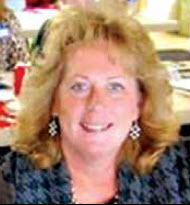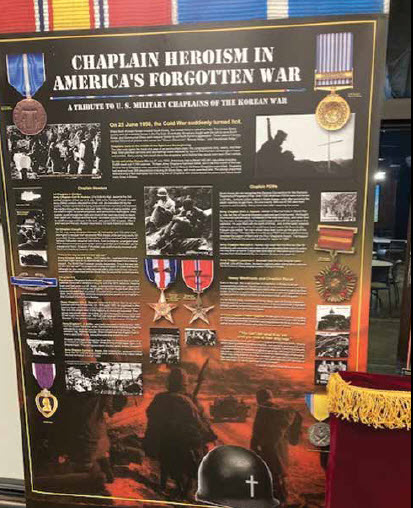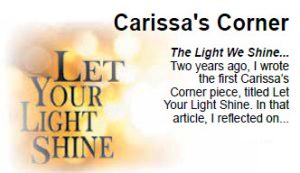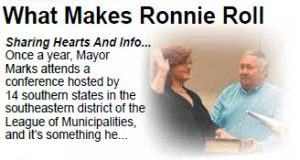 By: Sandra Thompson
By: Sandra Thompson
Reverend John Hurt, 1st Lt. Carl R. Hudson, Captain Herman G. Felhoelter — while you may not recognize these names, these heroic men are a part of a select group known as military chaplains. Military chaplains administer broad religious programs designed to meet the needs of the military community. They offer spiritual care and ensure all military members and their families have opportunities to exercise their constitutional entitlement to the free exercise of religion. They provide religious services, religious accommodation, pastoral care, unit engagement, and counseling to meet the diverse needs of military members.
The Chaplain Corps has a history as far back as the military when Reverend John Hurt of Virginia was appointed to the position on March 4, 1791, to serve as chaplain of the 6th Virginia Regiment during the American Revolution. Although chaplains are not required to attend basic military training and are considered non-combatants as defined by the Geneva Convention, they often find themselves on the front lines in the midst of war. Such was the case with Francis P. Duffy in WWI, who became the most highly decorated cleric in the history of the U.S. Army.

When the 69th New York Infantry Regiment (“The Fighting 69th“) was federalized and redesignated the 165th U.S. Infantry Regiment, they were sent to war in France. When the unit moved up to the front, Duffy accompanied the litter bearers in recovering the wounded and was frequently seen in the thick of battle. Recognized by the regimental commander, Lieutenant Colonel William “Wild Bill” Donovan, as a key element in the unit’s morale, Duffy’s role in the unit went beyond that of a normal cleric: the regiment was composed primarily of first- and second-generation Irish immigrants from New York City, many of whom wrote later about Duffy’s leadership. Brigadier General Douglas MacArthur stated later that Duffy was briefly considered for the post of regimental commander. For his actions in the war, Duffy was awarded the Distinguished Service Cross and the Distinguished Service Medal, the Conspicuous Service Cross (New York State), the Légion d’Honneur (France), and the Croix de Guerre.
Since its existence, the Chaplain Corps of the United States Armed Forces has been active in more than 270 major combat engagements and more than 400 have died serving their country. Nine different chaplains have received the Medal of Honor for going “above and beyond the call of duty.” The most recent being in 2013, when President Barack Obama posthumously awarded the medal to Chaplain (Captain) Emil Kapaun, for his service during the Korean War. Not only did Captain Kapaun serve during WWII, he voluntarily returned and was captured during the Battle of Unsan in November of 1950 where he perished from pneumonia due to malnutrition.
You can read about Captain Kapaun and many other chaplains who made the ultimate sacrifice. Currently on display is the Chaplain Memorabilia Exhibit from Korea to modern day. This display comes from the collection of Tom Walker of Sevierville, TN. It will be on display for a limited time at the Alabama Veterans Museum. Take time to see this exhibit before it leaves. This is a very special exhibit you do not want to miss!
By: Sandra Thompson
Director, Alabama Veterans’ Museum







